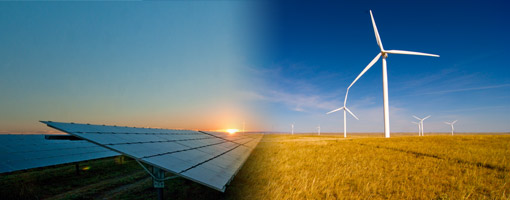Federal Energy Regulatory Commission (FERC) has revised its 3-year forecast in the U.S. electrical generating capacity mix.
There will be declines for fossil fuels and nuclear power, while the report forecast better growth in renewable energy segments such as biomass, geothermal, hydropower, solar and wind than earlier projected.
FERC’s monthly Energy Infrastructure Update report suggests high probability additions and retirements combined could result in effectively no growth in the generating capacity of fossil fuels such as coal, natural gas, oil.
There will be a net decline of over 7 GW in nuclear capacity by June 2022. The generating capacity of renewable energy will grow by more than 45 GW — led by wind and solar.
Natural gas generating capacity is projected to increase by 18,158 MW. There will be a drop of 17,037 MW in coal’s net generating capacity and dip of 1,040 MW in oil’s net generating capacity. Nuclear power will drop by 7,286 MW.
Wind capacity is projected to grow by 26,889 MW and utility-scale solar by 16,302 MW. The other renewable sources would also increase: hydropower by 1,383 MW, biomass by 328 MW, and geothermal by 280 MW. Collectively, they would add 45,182 MW over the next three years.
“Renewable energy sources are displacing uneconomic and environmentally dangerous fossil fuels and nuclear power – even faster than FERC had anticipated only a month ago,” Ken Bossong, executive director of the SUN DAY Campaign, said.

